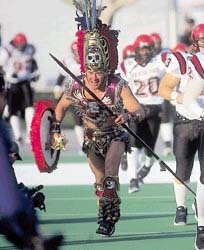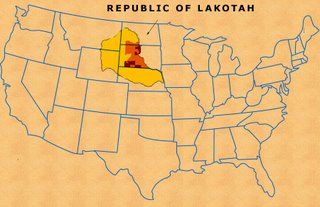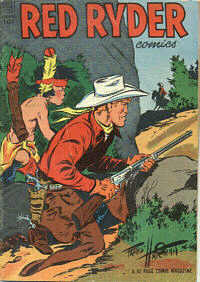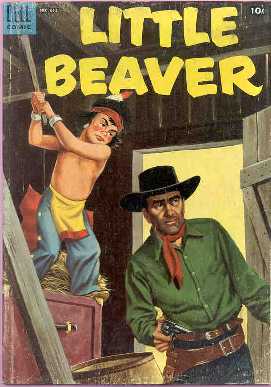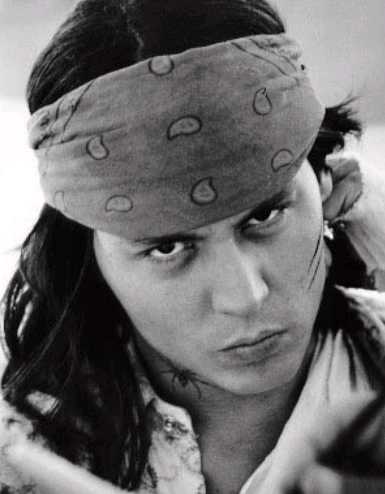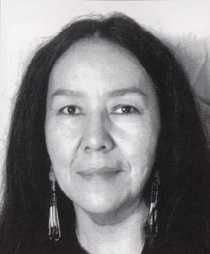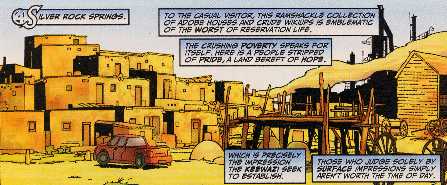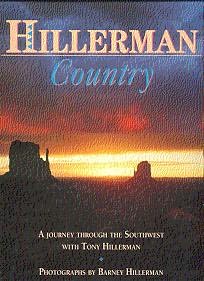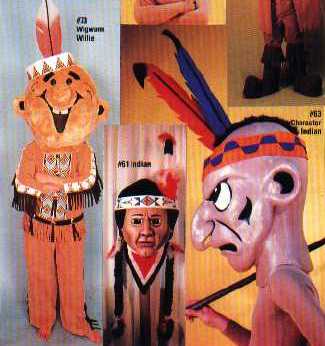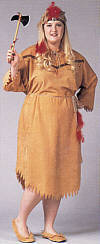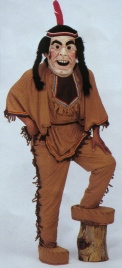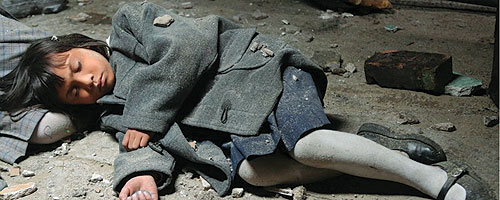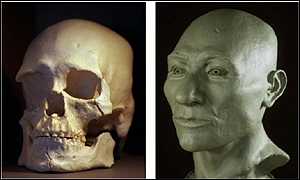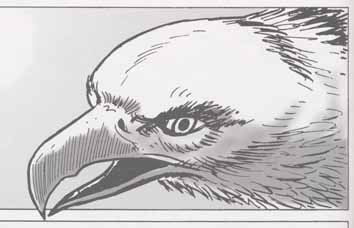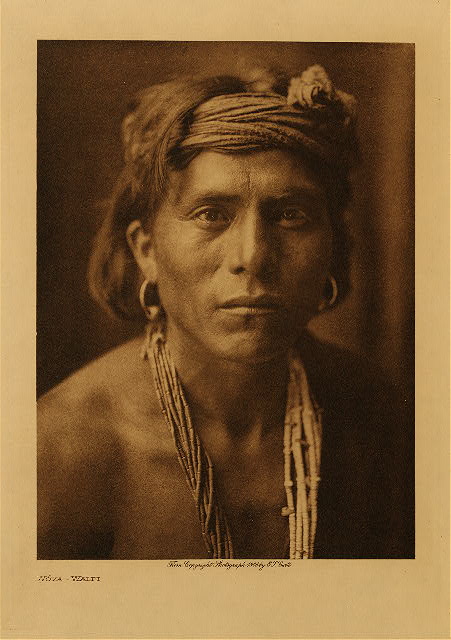A book about "the hazards and challenges of cultural heritage protection" seems to attack Natives and their beliefs. I'm not sure who's more biased: author Michael F. Brown or reviewer Richard A. Shweder.
Let's examine Shweder's take on Natives. First, the problem as Shweder and Brown see it:
'Who Owns Native Culture?': The GatekeepersDo we want to turn culture into a legally protected resource? Is cultural heritage something that ought to be owned, patented, copyrighted, trademarked, licensed, exclusively controlled or treated as the private property of particular ethnic groups? What are the risks to a liberal pluralistic democratic society when ethnic groups are empowered with group rights?Now let the attacks begin:
So what happens in a liberal democracy when ... Native American Lakotas object to the desecration of a sacred site by mountain climbers and by New Age religious worshipers, and the sacred site just happens to be Devils Tower National Monument (made famous by the movie "Close Encounters of the Third Kind"), which is located in a public park in Wyoming?Answer:
June Voluntary Climbing Closure.
What code of cultural privacy makes sense when representatives of the Pueblo community complain that the sun symbol on the New Mexico state flag was stolen without permission from a design on a 19th-century ceramic pot made by an anonymous and unidentifiable American Indian potter?Answer:
(Mis)using the Zia Symbol.
Commenting on the use of the name Redskins (as in Washington Redskins) he writes: "Native American cultures have survived five centuries of pestilence, military conflict and dispossession. Compared to these catastrophes, in what meaningful sense does the name of a professional football team put their survival at risk? One could argue just as convincingly that petty insults actually promote cultural survival by bringing Indians together in solidarity against the dominant culture."Answer: One could argue the same thing about "petty insults" against other people. For instance, blacks. So why doesn't Shweder make this argument?
Here, I'll make it for him:
African Americans have survived five centuries of enslavement, oppression, and injustice. Compared to these catastrophes, in what meaningful sense do words such as "nigger," "coon," "jungle bunny," "spearchucker," "jigaboo," "tar baby," "sambo," etc. put their survival at risk? Why have blacks wasted so much of their time and energy protesting these epithets? Don't they realize that sticks and stones may break their bones, but names will never hurt them?
One could argue just as convincingly that these petty insults actually promote cultural survival by bringing blacks together in solidarity against the dominant culture. I guess blacks are just too stupid to realize how white people have helped them by insulting them. I guess that's what happens when you try to raise a bunch of mud people from the pit they come from. I.e., when you try to civilize a bunch of savages.Get the point, Shweder? Or do I have to heap more sarcasm on your ignorant position?
Shweder's conclusion:
The bottom line in Brown's book is his challenge to both multiculturalists and liberal individualists. For he believes we can develop informal social norms of decency and respect that are responsive to the concerns of indigenous peoples without turning our society into a patchwork of legally empowered illiberal cultural enclaves. He seeks the middle road. Not the postmodern path, at the end of which there is a free flow of everything, all boundaries are down, everything is up for sale and nothing is sacred. And not the premodern path either, at the end of which everything is private, secreted and shielded from the interest and interests of outsiders, and the intellectual and social commons have been destroyed. It remains to be seen whether in a commercial and legalistic society such as ours there really is a middle road.Nice try, but Indians and multiculturalists are taking the middle road already. In each of these cases, they've found a reasonable compromise despite your attempts to paint them as extremists.
Compromising on mascotsThe
mascot case is instructive. Native advocates aren't protesting every use of Indian team names, logos, and mascots with equal fervor. They've naturally focused on the worst cases: the
Washington Redskins,
Chief Wahoo,
Chief Illiniwek, and so forth.
The compromise is implicit in the advocates' actions. Eliminate the worst examples of stereotyping--especially the logos and mascots with archaic images of Indians. But if schools want to use relatively innocuous names such as Indians, Warriors, or Raiders--
without the stereotypical logos and mascots--let them. If they get permission from the
Sioux, Chippewa, or
Seminole tribes, let them use those names too.
Some Indians may protest until the last "Indians" name is gone, but many won't. Many are concerned mainly about the racist or stereotypical imagery associated with these names. The names aren't the biggest problem; the images are.
There's your compromise for you. So why are you defending the offensive "Redskins" name? Because you don't recognize your own
racism while Indians do. I bet they'll compromise with you as soon as your abandon your preference for an ugly ethnic slur.
Below: Monty Montezuma, former mascot of the San Diego State University Aztecs. Indians protested this stereotypical mascot much more than they protested the name "Aztecs," if they protested it at all.
